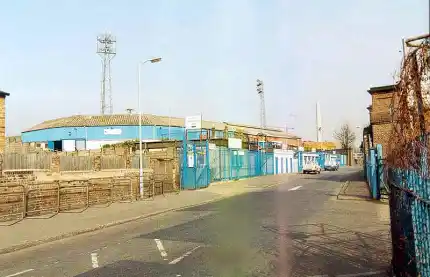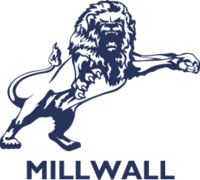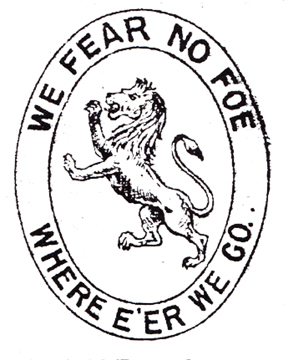The other week, watching Millwall v Blackburn Rovers in an FA Cup quarter final from The New Den, I heard the commentator mention that Millwall were playing in dark blue as homage to their origins, in that workers from Dundee had set up Millwall Rovers in1885. That got me thinking, as, although Dundee indeed play in dark blue jerseys, the Dens Park club (Den-Dens, surely another connection!) only date from 1893. Nonetheless, Dundee FC was formed by a merger of East End (who played in blue and white hoops in 1885) and Old Boys, who had a reported dark blue jersey in that same year Millwall Rovers started out.
The official Millwall site states, under a heading ‘From humble beginnings’, that
Millwall Rovers were formed in the summer of 1885 by workers at Morton’s Jam Factory on the Isle of Dogs. The majority of the workers at the factory were of Scottish extraction and consequently blue and white became the club’s colours.
So it must be true: Scots, perhaps Dundee fans, formed Millwall, this underlined by the Scottish lion badge. And of course, Dundee, as used to be taught in schools, was famous for ‘the three J’s’, Jam, Jute and Jourmalism.
Yet, maybe it’s not all as straightforward.
For a start, there was no such establishment as Morton’s Jam Factory. Although Morton’s originated in Scotland, in Aberdeen, making of jam was an extremely seasonal endeavour in the 19th century. Morton’s actually made preserved fish, meat, soup, vegetables, fruit, sausages, ham, bacon, cheese, confectionery, jams, jellies, marmalades, candid peel, pickles, sauces, potted meats, and potted fish, oatmeal, barley, spices, pepper, salt, curry powders, bottled essence, tea, cocoa, flour, nuts, custard powder and hair oils. Over and above this, jam was usually made by women workers in the plant, and preserved in ceramic pots rather than tin. Why is this important? The men in Morton’s were mostly tinsmiths, and didn’t work with jam. Further, none of Millwall’s founders were Aberdonian, according to http://www.millwall-history.org.uk/origins.htm, from where much of this information was gleaned.
Obed Caygill, a famous early player, was South London born in 1870 and played as Millwall’s goalkeeper till 1894 when he broke his leg and consequently gave up football. He said of the founding of Millwall, in an interview for ‘English Sports’: “A few tinsmiths, engaged on the island were the founders.”
Next: the lion badge. Millwall are known as the Lions, yet this name was only adopted when they reached the FA cup semi final as a non league giant killing side in 1900. And the lion badge did not appear on the jerseys until the 1930’s. So the Scottish lion rampant connection can be completely discounted.
Here is a list of players and officials associated with Millwall Rovers in 1885: Duncan Hean, (Capt) George Oliver, J Reekie, Patrick Holohan, Owen Elias, Henry Gunn, Tom Jessup, Joe Potter, Fred Northwood, John Rowland, James Crawford, Harry Butler, George Syme, Jasper Sexton, and the First Chairman of the Club: Irish International and Local GP Dr William Murray-Leslie. Not many Scottish sounding players there.
Of course, there’s no one left to quiz on the origins of the Millwall club, but there’s enough evidence to suggest that it’s a lazy assumption to take for granted the dockland club was formed by Scots, due to the club colours and a lion on the badge.



